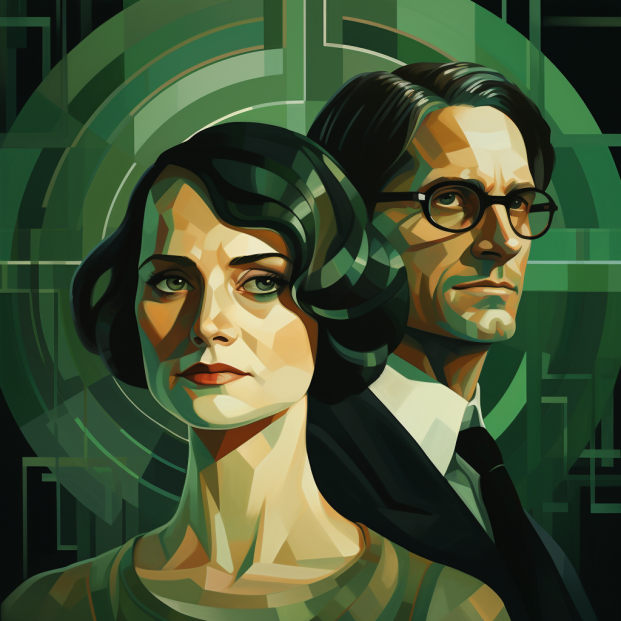Visionary Leadership: Innovation and Change

The concept of visionary leadership goes beyond traditional management practices, focusing more on inspiring change and driving progress. It's a style that aligns closely with transformational leadership, emphasizing the leader's role in crafting a clear, compelling future vision for their team or organization.
Characteristics of Visionary Leadership:
Visionary leadership is characterized by the ability to see a compelling and innovative future and to articulate this vision in a way that inspires others. Key traits of visionary leaders include strong imagination, forward-thinking, and the ability to take risks. These leaders are adept at understanding the bigger picture and are not afraid to challenge the status quo to achieve ambitious goals.
Pros and Cons of Visionary Leadership:
Advantages:
- Drives innovation and change by encouraging creativity and risk-taking.
- Inspires and motivates teams by providing a clear and compelling direction.
- Helps organizations adapt to rapidly changing environments by foreseeing future trends.
Disadvantages:
- Can lead to unrealistic expectations if the vision is not grounded in reality.
- Risk of overlooking present challenges in pursuit of future goals.
- Potential to alienate team members who are more comfortable with traditional approaches.
A balanced perspective acknowledges that while visionary leadership is essential for progress and innovation, it should be coupled with practical strategies to ensure feasibility and inclusiveness.
Developing Visionary Leadership Skills:
To develop visionary leadership, focus on enhancing creative thinking and strategic foresight. Cultivate an ability to identify emerging trends and imagine future possibilities. Developing strong communication skills is also crucial to articulate your vision compellingly.
Suggested resources include books like "The Art of the Long View" by Peter Schwartz and leadership courses on strategic foresight and innovation. Regular reflection on industry trends and global challenges can also help in shaping a visionary mindset.
Modifying Visionary Leadership:
Recognize the importance of balancing visionary ideas with practical execution. In situations that require immediate, concrete solutions, it may be necessary to adopt a more pragmatic approach.
Developing flexibility and adaptability is key. Encourage input from team members to ground your vision in the realities of your organization and its capabilities.
Situational Applications:
Visionary leadership is particularly effective in industries undergoing rapid change, such as technology, renewable energy, or digital media. It's also relevant in startups and organizations aiming to disrupt traditional markets. In these contexts, a visionary approach can provide the direction and inspiration necessary to navigate uncertainty and foster innovation.
Famous Examples:
- Steve Jobs - Co-founder of Apple Inc., Jobs was a quintessential visionary leader. His vision for user-friendly, aesthetically pleasing technology products revolutionized multiple industries.
- Elon Musk - As the CEO of SpaceX and Tesla, Musk's ambitious vision of sustainable energy solutions and space exploration epitomizes visionary leadership. His endeavors in electric vehicles and space travel reflect his commitment to innovative and long-term goals.
- Jacinda Ardern - The Prime Minister of New Zealand, Ardern's visionary leadership has been evident in her progressive approach to social issues and her response to the COVID-19 pandemic. Her empathetic and forward-thinking governance style has garnered global attention and admiration.
In conclusion, visionary leadership, as demonstrated by leaders like Steve Jobs, Elon Musk, and Jacinda Ardern, is vital for driving innovation and inspiring teams towards ambitious goals.
This leadership style is particularly crucial in times of rapid change, where a clear and compelling vision can guide organizations towards future success.



